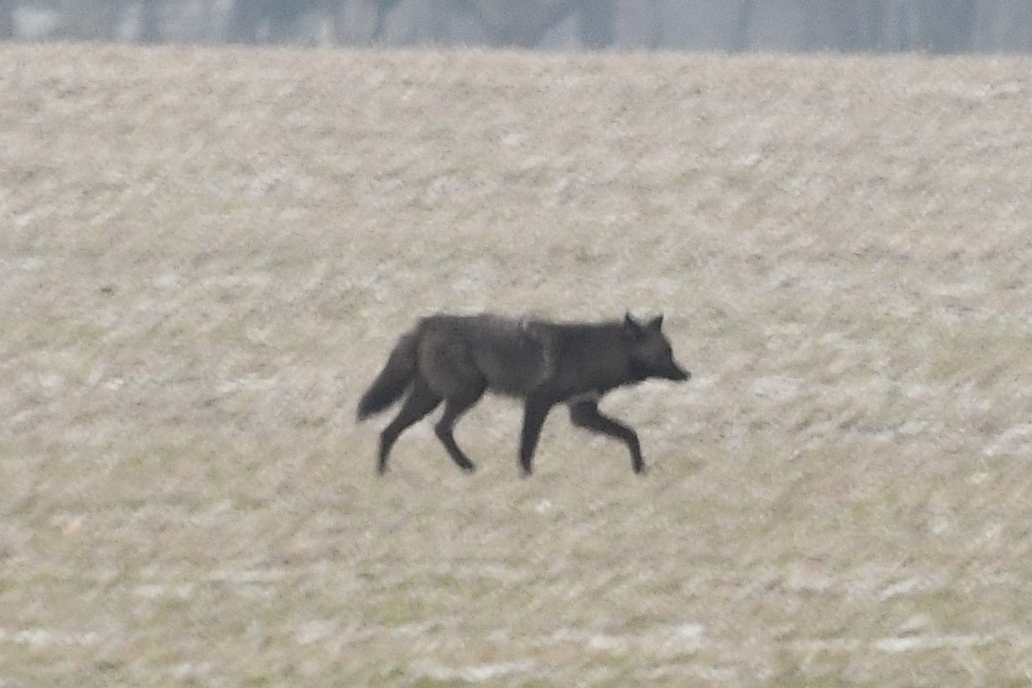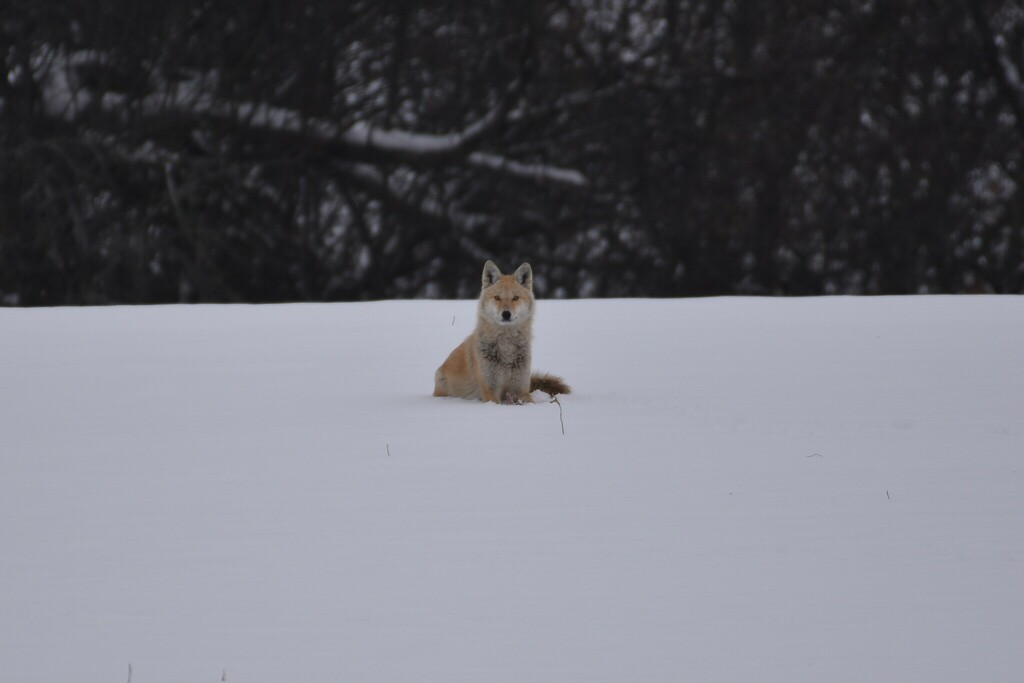Array
(
[0] => Array
(
[id] => 8426
[ids] => 44
[types] => animals
[lat] => 43.886213
[lon] => -79.271247
[date] => 2024-12-25
[avtorfoto] => rileyjaun
[observation_url] => https://www.inaturalist.org/observations/256280611
[name] => Canis latrans
Canis latrans - Canada/Ontario/York
Hunting
Cooking
Canis latrans ?Coyote
http://en.wikipedia.org/wiki/Coyote http://en.wikipedia.org/wiki/Northeastern_coyote http://en.wikipedia.org/wiki/Mearns_coyote http://en.wikipedia.org/wiki/Plains_coyote August: Coyotes increase their activity and become more aggressive in their search for food.
Can be dangerous, especially if rabid or starving. Coyote hunting popular among American hunters. Meat is rarely used but valued for nutrition. Pelts used for clothing and accessories.
Inhabits North America including deserts and forests. Highly adaptable and intelligent. Active any time of day, mostly at night.
Stalking hunting Ambush using lures Hunting with dogs Shooting with rifle or shotgun
Mostly active at night and dusk. Prefers open spaces and shrublands. Recommended to use lure sounds for attraction.
15 July, 2025
15 July, 2025
10 July, 2025
31 January, 2025
18 January, 2025
28 June, 2024
20 June, 2021
15 June, 2021
29 May, 2021
15 August, 2018
Quick skinning and removal of pelt to prevent odor. Cooling meat immediately after kill. Thorough removal of internal organs. Meat rarely consumed, requires thorough preparation.
Carcass: Stewing, frying
Braised Coyote with Vegetables (Braising)
Slow cooking to tenderize meat
1. Marinate meat with onions and spices.
Spicy Fried Coyote (Frying)
Spicy flavor and crispy crust
1. Cut meat into pieces.
 Canada · Ontario · York
Canada · Ontario · York







